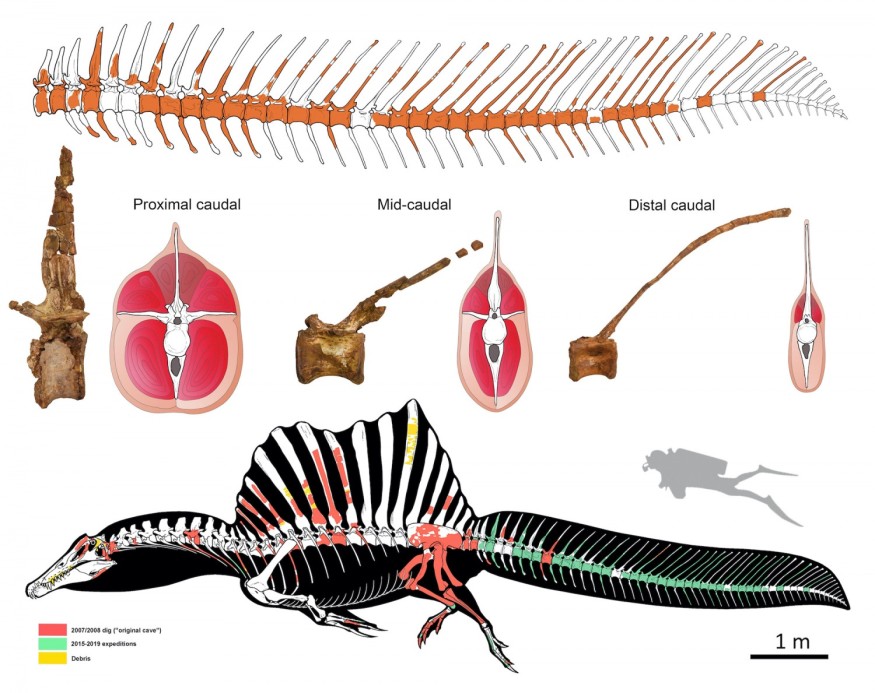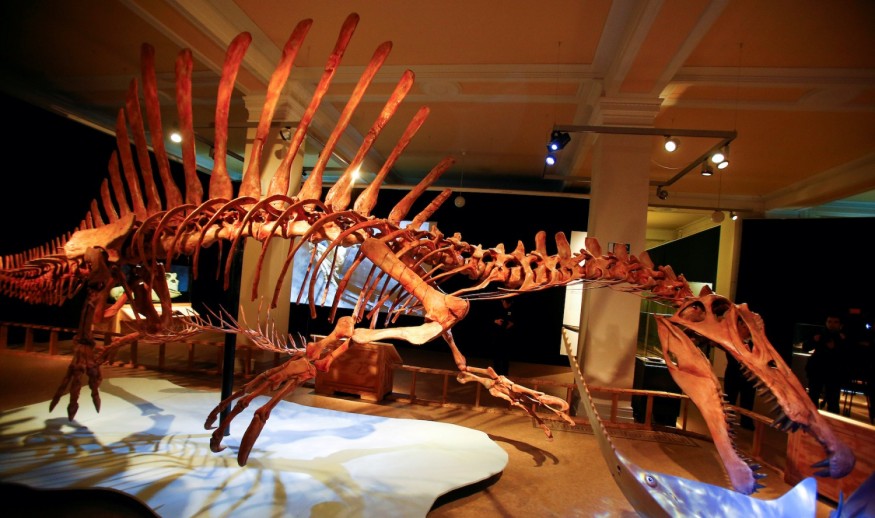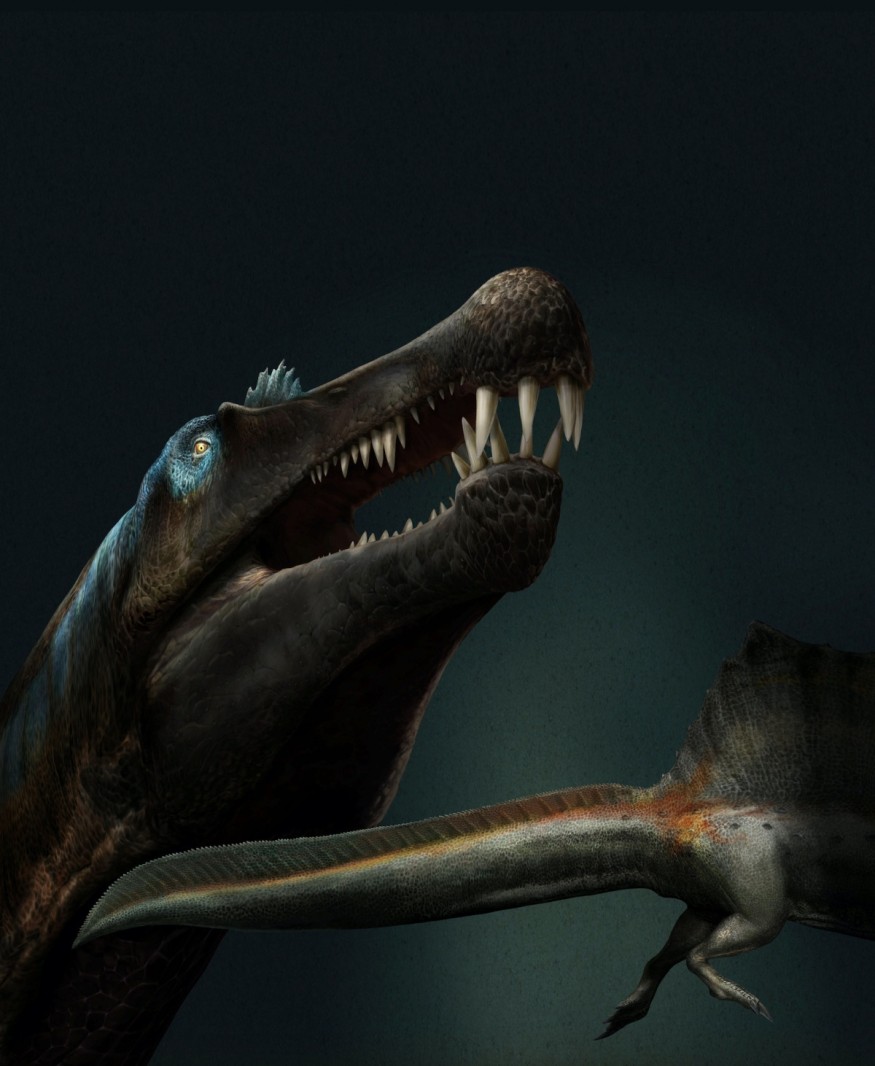




Scientists have announced on Wednesday the discovery of fossil bones from the tail of Spinosaurus in southeastern Morocco. The discovery allowed scientists to have a deeper understanding of the appearance, capabilities, and lifestyle of the longest dinosaur recorded.
The site in the Sahara where the fossil was found is a hot spot for fossil hunters. Along with the Spinosaurus' fossils were other relics belonging to sawfish, crocodiles, land-dwelling dinosaurs, and other sea creatures.
Scientists claim that it is the first Spinosaurus skeleton to be found for over a hundred years. It is also one of the few associated dinosaurs skeletons ever to be found in the Kem Kem group.
According to Nizar Ibrahim, the lead author of the study from the University of Detroit Mercy, the Spinosaurus possessed robust tails that helped them propel themselves into the water to actively hunt for their prey.
Spinosaurus roamed the Earth during the Cretaceous Period about 95 million years ago. Fully grown spinosaurus staggered up to 50 feet long and weighed as much as 20 tonnes. Around their time of existence, several other reptile groups had become experts in maneuvering the water, including ichthyosaurs, but no dinosaurs.
Scientists have studied the anatomy of Spinosaurus but remained unclear after essential fossils were destroyed during World War Two. Continuation of their analysis only continued after the discovery of the Morocco skeleton in 2008, with additional tail bones discovered in 2015.
Although it remains to be a conundrum as to why only one dinosaur species subdued the water, the discovery shuns the old belief that dinosaurs never swam the oceans.
Stephanie Pierce, a study co-author from Harvard University said that discovery invalidates the old conception that non-bird dinosaurs were limited to terrestrial environments. She adds that they believe their findings transform a new understanding of dinosaur biology.
The study was published in the journal Nature on April 29.
Read Also : Researchers Prove That the Sahara was Once 'The Most Dangerous Place in the History of Planet Earth'
The Marine and Land Dinosaur
The fossils dug up revealed a tail, unlike any other land dinosaur. Tall neural spines indicate that the tail was used in a propelling manner, just like other underwater creatures.
The findings of the study indicate that Spinosaurus swam rivers and riverbanks as semi-aquatic animals. Researchers assume that it may have eaten huge fish, including sharks.
George Lauder, another of the study's co-author from Harvard said that in one of their laboratory experiments, a plastic model of the Spinosaurus tail was attached to a robotic swimming device. The investigation showed that the tail could move sideways to allow thrusting power, just like a crocodile, while also inhabits both the land and seas.
Co-author, David Martill from the University of Portsmouth, said that Spinosaurus had high nostrils located on their skull and further back from the tip. He added that they had flat bottomed-toe bones and claws, as well as a dense and thickened bone for buoyancy control. He points out that all the features suggested its aquatic capabilities.
Additionally, the Spinosaurus was still was able to move on land and lay eggs there. Scientists believe it could have walked on four legs rather than two, like other carnivorous dinosaurs.
© 2025 ScienceTimes.com All rights reserved. Do not reproduce without permission. The window to the world of Science Times.












